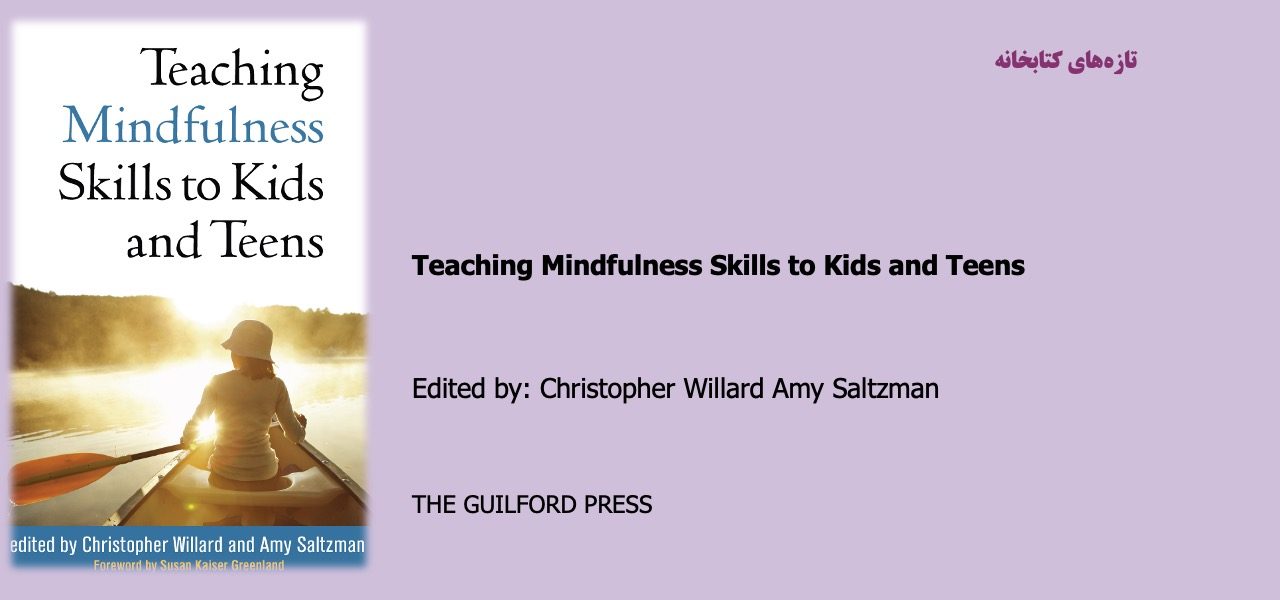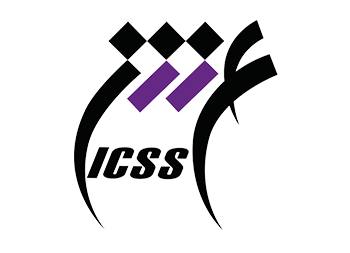Teaching Mindfulness Skills to Kids and Teens

Until I began working with young people, it never occurred to me that mindfulness could be, well, fun. Certainly it could be pleasant, and the benefits to my own life were clear, and practices were often interesting, but rarely fun.
In the decade since I began experimenting with introducing young minds to contemplative practices, I’ve found it has only grown more joyful, not just for the kids, but for me too. Amy Saltzman and I created this book with that very idea in mind: that mindfulness, whether we teach children or adults, should mirror life itself—playful and joyous at times, reflective at others.
If you are holding this book, you may not need much convincing that mindfulness will benefit you and the young people you serve. Certainly, there is objective scientific evidence, as seen in the thousands of studies in the past decades on the physical and psychological benefits of mindfulness for adults.
Some of the data regarding the benefits of mindfulness for children and adolescents are reviewed in this book. Then there is the compelling historical evidence; there must be some reason that these practices have existed for millennia, and not only remain with us, but are expanding into every facet of the modern world. Then there is your own experience when you greet the world with an authentic and open presence. While approaching this world with an open heart and mind may initially seem to make you vulnerable; mindfulness builds emotional and spiritual resilience in a world that is far from the compassionate place we might like it to be.
مطالب مرتبط

کتاب تمرین درمان شناختی – رفتاری برای مشکلات سلامت روان
۱ / اردیبهشت / ۱۴۰۴

درآمدی بر روانشناسی خرد
۱ / اردیبهشت / ۱۴۰۴

سرشت – چگونه سیمکشی مغزهای ما هویت ما را تعیین میکنند؟
۱ / اردیبهشت / ۱۴۰۴

